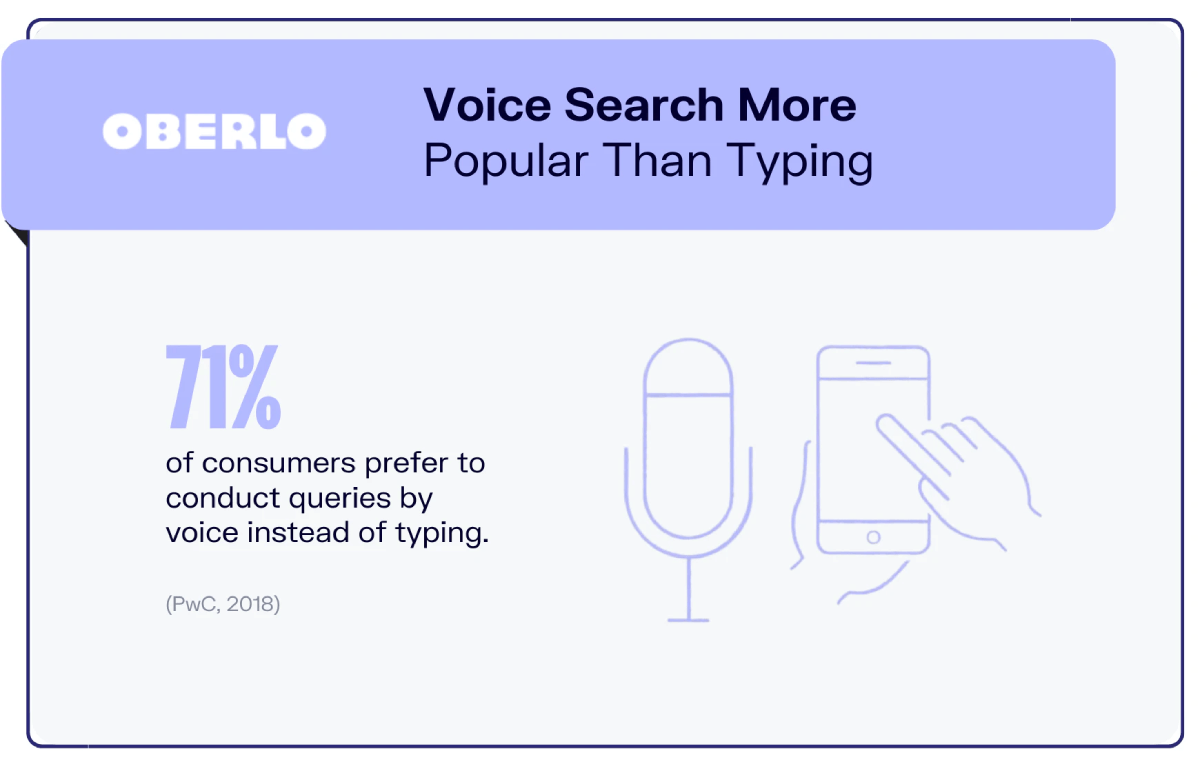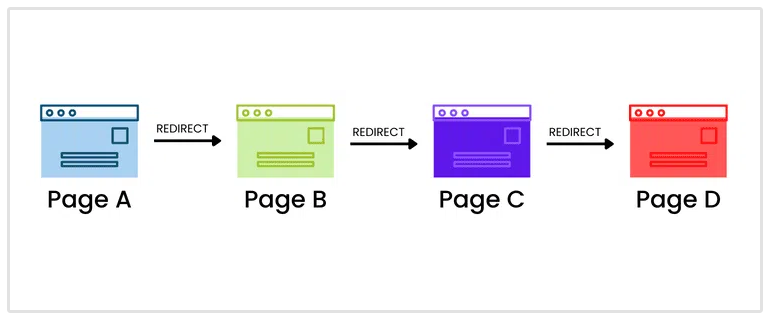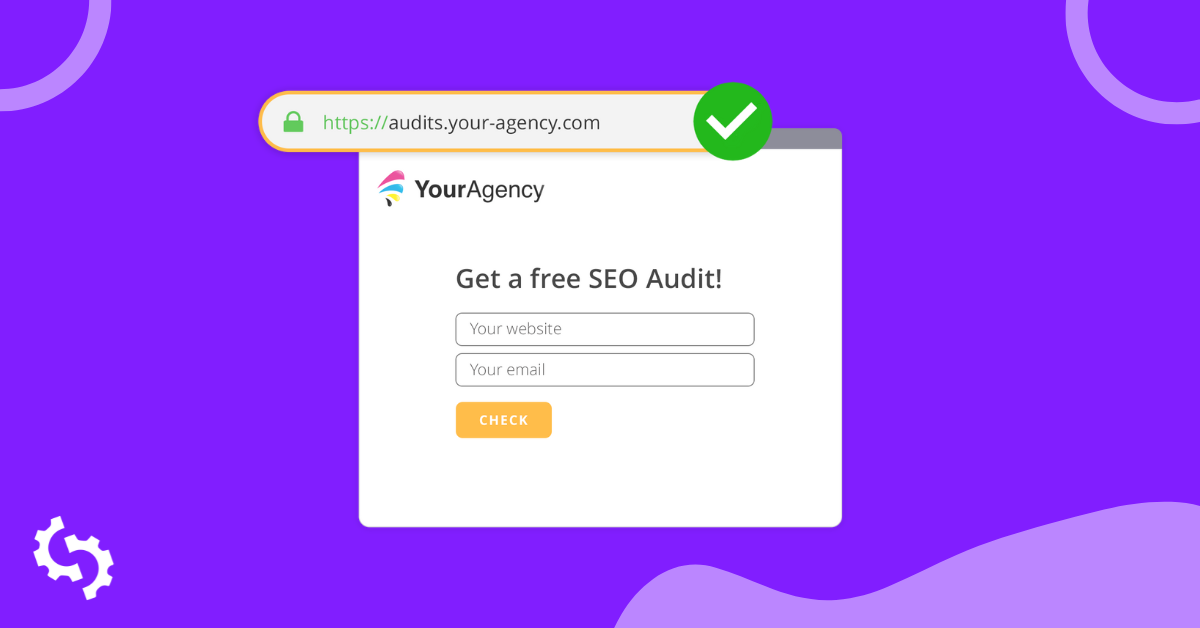
The SEO landscape is constantly evolving, making ongoing SEO maintenance critical to ensure your website remains visible and competitive.
Whether you're a small business owner, a digital marketer, or an SEO professional, understanding and implementing ongoing SEO maintenance strategies can dramatically impact your site's performance and ranking.
In this blog post, we'll delve into the importance of ongoing SEO maintenance and provide you with a comprehensive checklist packed with actionable steps to keep your website in top shape. By following these practices, you'll be well on your way to sustaining your
SEO success and ensuring your website continues to flourish in search results.
What is SEO Maintenance?
SEO maintenance is the ongoing process of optimizing a website to maintain and improve its visibility in search engine results pages (SERPs).
This process involves regularly updating content, refining keywords, ensuring site functionality, and adhering to the latest search engine algorithm guidelines and best practices.
By doing so, it not only helps in sustaining a website's current search engine rankings but also aims at enhancing its overall online presence.
Why is SEO Maintenance Important?
You see, just as a car needs regular maintenance to run smoothly, your website's SEO needs ongoing attention to stay at its peak performance.
Here's why SEO maintenance is crucial for your online success:
Search Engine Algorithms are Constantly Evolving
Search engines like Google update their algorithms frequently, with hundreds of adjustments made each year. For instance, just look at all the updates that Google made to its search engine algorithm between 2022 and 2023.

This is just the updates that we know of, according to Search Engine Land, Google made more than 4,800 changes to its algorithm in 2020.
These updates can significantly impact how websites are ranked.
By staying up-to-date on algorithm changes and adapting your SEO strategy accordingly, SEO maintenance ensures your website remains aligned with the latest ranking factors.
Your Competitors Are Constantly Optimizing
The SEO landscape is a competitive one. Your competitors are likely implementing ongoing SEO strategies to improve their rankings.
Regular SEO maintenance allows you to monitor their efforts and adjust your own approach to stay ahead of the curve.
Your Website Needs to Remain Fresh and Relevant
Search engines favor websites that offer valuable, up-to-date content. For instance, a blog post listing the most anticipated sporting events for 2024, will perform better than one covering the same topic but for the year 2022.

SEO maintenance involves tasks like creating fresh content, updating existing content, and improving user experience.
This ensures your website remains relevant to user searches and continues to signal its authority to search engines.
Technical Issues Can Arise and Impact Rankings
Technical problems on your website, like broken links or slow loading times, can negatively impact your SEO. Consistent SEO maintenance involves monitoring your website for technical issues and promptly addressing them to avoid drops in rankings.
User Expectations Continue to Change
Search engine users are constantly evolving their search habits and expectations too.
SEO maintenance helps you stay informed about these changes and adapt your website to deliver the best possible user experience.
This can involve optimizing for voice search, improving mobile responsiveness, and ensuring your content caters to user intent.
For instance, voice search is on the rise and it’s expected to continue to rise in popularity.

If you’re not optimizing your content for voice SEO, you might lose out on potential visitors, leads, or customers. This includes optimizing for conversational queries and giving answers directly.
Ongoing SEO Maintenance Checklist
Well, now that you know why ongoing SEO maintenance is important, let's take a closer look at all the things you should do to maintain your website's SEO rankings.
1. Monitor Website Performance
The first step in any successful SEO strategy is monitoring your website performance.
This crucial practice gives you valuable insights into the effectiveness of your SEO efforts and identifies areas for improvement. By tracking key metrics, you can determine if your website is attracting the right audience, ranking for relevant keywords, and delivering a positive user experience.
To make this task easier, consider using our website audit and analysis tool.

SEOptimer goes beyond basic website analysis, providing comprehensive weekly reports on your SEO performance. It tracks changes in your keyword rankings, helping you understand the impact of your SEO efforts.
Additionally, SEOptimer checks relevant metrics like Core Web Vitals scores and PageSpeed insights, giving you feedback on how well your website scores for these important ranking factors.

Furthermore, our Backlink Monitoring feature keeps a watchful eye on your website's backlink profile. The tool tracks changes to your backlinks on a weekly basis, notifying you of any new or lost links.
By incorporating these monitoring capabilities into your SEO maintenance routine, you gain a clear picture of your website's health and can make data-driven decisions to optimize your strategy for long-term success.
2. Technical SEO Maintenance
Maintaining a strong technical foundation is essential for optimal SEO performance. Here are some key technical checks you should include in your SEO maintenance routine:
Check Indexing and Crawlability
The first and most important thing you need to do is ensure your website remains indexed by search engines. You can use a free tool like Google Search Console to verify that your important pages are indexed and accessible to search engine crawlers.
Simply just login to your Google Search Console account. Thereafter, click on the “Pages” tab under “Indexing” in the menu on the left.

Here you’ll be able to see which pages have been indexed and which haven’t, as well as the reason why those pages haven’t been indexed by Google.

You can also check if an individual URL is indexed by using the URL Inspection tool on the top of your Google Search Console dashboard.

It’s also important that you monitor the status of any newly added pages.
So whenever you run through your SEO maintenance checklist, whether on a monthly or weekly basis, be sure to check that newly created pages are indexed and crawled.
Fix Broken Links and Redirects
Broken links and faulty redirects can negatively impact user experience and SEO.
You can check for any broken links on a page using free tools like Dr. Link Check. Simply add the URL of any page you want to analyze, and the tool will show you all the links on the page, including the broken ones.

It’s important to promptly fix broken links by either removing them or redirecting them to the appropriate pages.
Lastly, address any redirect issues by ensuring redirects are implemented correctly and avoid redirect chains or loops that can confuse search engines.

Maintain Website Speed and Core Web Vitals
Page loading speed plays a crucial role in both user experience and SEO ranking.
You can use tools like Google PageSpeed Insights to regularly monitor your website's loading speed and identify areas for improvement.
Keep an eye on Core Web Vitals metrics, these metrics measure the user experience of your website's loading performance and are increasingly important for SEO success.
By addressing any speed or Core Web Vitals issues, you ensure your website delivers a smooth and fast user experience, which can positively impact search engine rankings.
With each website analysis that you run using SEOptimer, we check both your site’s PageSpeed and the three Core Web Vitals metrics.
3. On-Page SEO Maintenance
On-page SEO maintenance focuses on optimizing the content and structure of individual pages on your website. Here are some key steps to incorporate into your routine:
Content Refresh and Optimization
A key component of ongoing SEO maintenance is regularly updating your existing content for accuracy and relevance.
This is especially important if you want to avoid content decay, which is a decrease in search engine visibility because of diminishing content accuracy and relevance.

When refreshing content there are a few things to look out for:
- Update outdated information
- Address any new developments in your field
- Consider expanding on topics that resonate with your audience.
This is the stage of the process where you should also revisit your current keyword targeting strategy and ensure the content is optimized for the focus keyword that you’ve identified.
For instance, while it’s important to add your focus keyword to content, you should try to add modifiers to the target keyword(s) to rank for additional long-tail searches.

However, avoid keyword stuffing and prioritize creating informative and valuable content that naturally incorporates your target keywords.

Another effective way to spice up your old content is by adding additional high-quality images, infographics, and videos to break up text.
Ensure proper image optimization with descriptive file names and alt text for accessibility and SEO benefits.
Title Tag and Meta Description Maintenance
Regularly revisit your page headlines (title tags) and meta descriptions to ensure they are concise, engaging, and accurately reflect the content of each page.
Optimize these elements for relevant keywords to improve click-through rates in search results. Here are a few pointers on how to ensure your page titles are optimized for SEO and to increase CTR:
- Add power words to titles
- Use the target keyword as close to the start of the title as possible
- Include numbers
- Keep headlines between 50 and 60 characters in length
Internal Linking
Regularly evaluate your internal linking strategy and ensure your website has a clear and logical linking structure.
Here’s another practical tip for you. If you’re publishing new blog articles on a weekly basis, you end up with a lot of internal linking opportunities.
However, most people will just add internal links in these newer posts, while forgetting to add internal links to the old content.
So instead of just adding internal links to all the new blog posts you’re writing, take a few minutes to add internal links to new blog posts within the older content on your website.
An easy way to do this is to use Google’s “site:” search operator.
So for every new article that you publish, go to Google, and type in the following: site:https://www.yourdomain.com “target keyword”.

Google will then return all of your site’s pages that mention the target keyword for the new blog. You can then add internal links from these pages to the new post you’ve published.
By consistently implementing these on-page SEO maintenance practices, you can ensure your website content remains informative, user-friendly, and optimized for search engines, ultimately contributing to long-term SEO success.
4. Off-Page SEO Maintenance
Off-page SEO focuses on factors outside of your website that influence your search engine rankings. A crucial aspect of off-page SEO maintenance involves keeping a close eye on your backlink profile.
Backlinks, or links from other websites pointing to yours, are a significant ranking factor in search engines.
Here's where maintaining healthy backlinks becomes an ongoing task:
- Checking Backlink Quality: Not all backlinks are created equal. Regularly monitor your backlinks to identify any low-quality, spammy backlinks.
- Reaching Out for Link Repair: When you discover broken backlinks, the ideal solution is to contact the website owner and request them to fix the broken link by pointing it to the relevant page on your website.
SEOptimer, however, can simplify this process significantly.
Manually checking your backlinks for broken links can be a time-consuming task. SEOptimer's Backlink Monitoring tool streamlines this process by offering automated monitoring and convenient notifications.
Here's how it simplifies off-page SEO maintenance:
- Automated Monitoring: SEOptimer takes the manual work out of backlink monitoring. The tool automatically tracks your backlink profile on a weekly or monthly basis (depending on your chosen settings). And sends you regular email updates on backlink changes.

- Easy-to-Understand Backlink Updates: Receive clear and concise notifications highlighting any changes in your backlink profile. SEOptimer provides a visual breakdown of new and lost links over your chosen timeframe.

By using SEOptimer's Backlink Monitoring tool, you can stay informed about the health of your backlink profile. This proactive approach ensures that your off-page SEO efforts remain effective and contribute to your long-term SEO success.

SEO Maintenance FAQ
How often should I perform SEO maintenance?
Aim for at least monthly maintenance, with weekly checks for broken links, speed, and rankings.
Can I do SEO maintenance myself?
Yes, the tasks outlined here are manageable with some research and the right tools. However, SEO is an ongoing process, and specialist expertise can be invaluable.
If your budget allows, consider hiring an SEO agency or professional to help you out.
What are the best tools for SEO maintenance?
Here are some great tools to help you with your SEO maintenance:
- Google Search Console: Provides valuable insights into your website's search engine performance, including indexing, technical issues, and keyword ranking data.
- Google PageSpeed Insights: Analyzesyour website's loading speed and offers suggestions for improvement.
- Google Analytics: Tracks website traffic and user behavior, providing valuable insights into how users interact with your website.
Remember, SEOptimer complements these tools by providing a comprehensive SEO audit along with ongoing backlink monitoring, making it a valuable asset in your SEO maintenance toolbox.

How much does SEO maintenance cost?
If you tackle maintenance yourself, the main cost is the SEO tools you choose (like the ones mentioned in this article).
While some tools offer free plans, premium features often require a subscription. The bigger cost becomes the time investment required to learn SEO and consistently perform maintenance tasks.
If you choose to outsource SEO, agencies or freelancers can help you save time, as well as lower the learning curve. SEO agencies charge differently based on a number of factors such as agency reputation, location, the complexity of your website, and the scope of work.
Conclusion
Maintaining a strong SEO presence requires dedication and ongoing effort. By implementing the strategies and utilizing the resources outlined in this comprehensive guide, you'll be well-equipped to tackle ongoing SEO maintenance.




